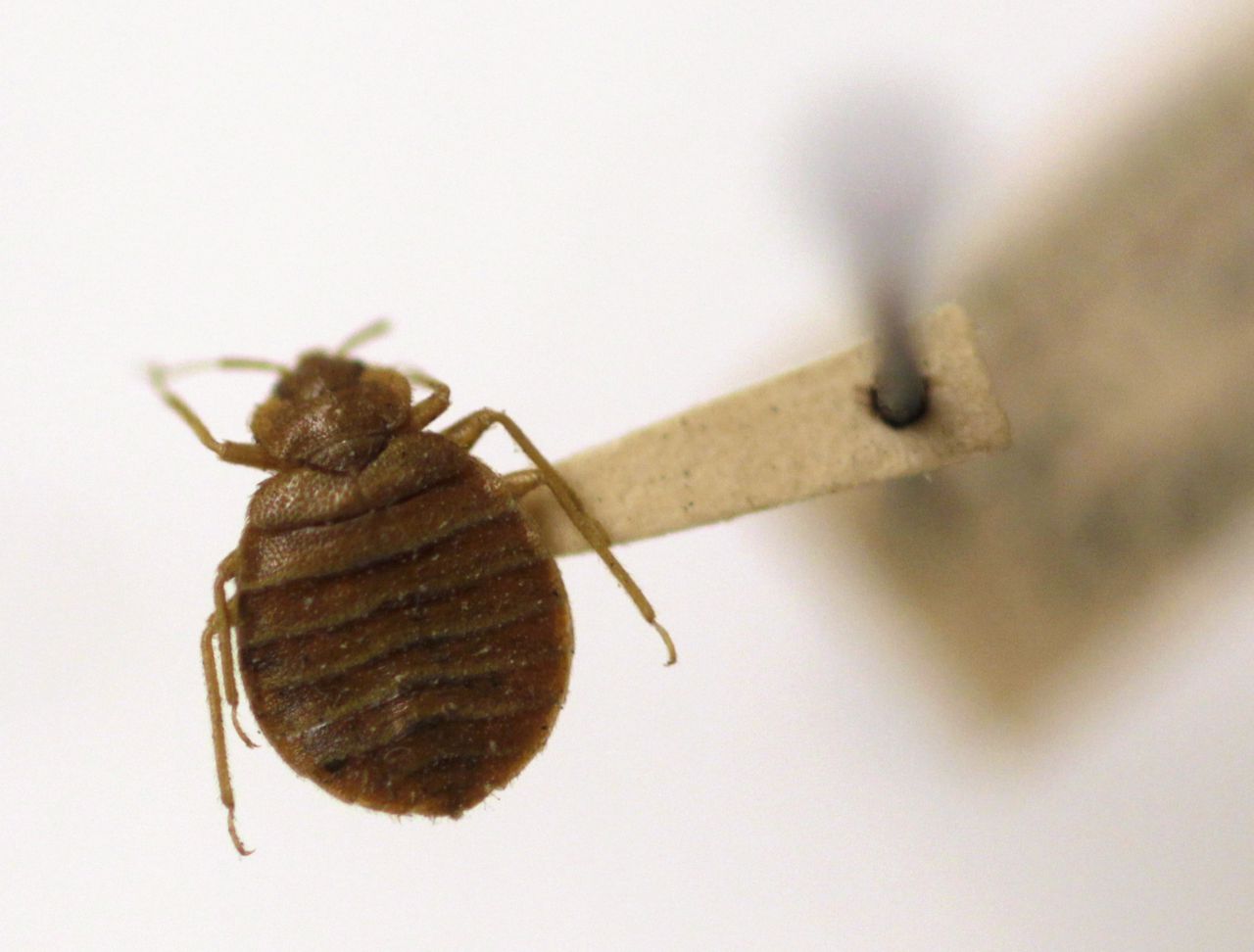Whew. Nowhere in Alabama on top bed bug list. But these popular travel spots are
First, the good news.
No place in Alabama landed on a recent list of the top 50 cities with the biggest bed bug problems.
Now, the bad news.
A lot of the country’s most popular tourist destinations – including places like New York, Atlanta and Orlando – do make an appearance.
Pest control company Orkin released its bed bug list based on data from the metro areas where the company performed the most bed bug treatments from Dec. 1, 2021 – Nov. 30, 2022. The ranking includes both residential and commercial treatments.
The Windy City is settling in as the #1 city on Orkin’s Top 50 Bed Bug Cities List for the third year in a row. Chicago, New York and Philadelphia hold onto the top three spots, ranking first, second and third, respectively. Los Angeles saw the largest jump this year, moving up seven spots into the top five, with Cleveland (#4) and Raleigh (#20) each moving up the list by four spots.
Here are your top 50 cities for bed bugs. The numbers beside city names reflect the change from last year’s list:
1. Chicago
2. New York (+1)
3. Philadelphia (-1)
4. Cleveland-Akron, OH (+4)
5. Los Angeles (+7)
6. Detroit (-2)
7. Indianapolis (-1)
8. Baltimore (-3)
9. Washington, D.C. (-2)
10. Columbus, OH (-1)
11. Champaign, IL (+2)
12. Grand Rapids, MI (-1)
13. Cincinnati (-3)
14. Charlotte (+1)
15. Denver (+2)
16. Atlanta (-2)
17. Dallas-Ft. Worth (-1)
18. Pittsburgh (+2)
19. Charleston, W.V. (+3)
20. Raleigh-Durham (+4)
21. Flint, MI (+2)
22. San Francisco (-3)
23. Norfolk, VA (+2)
24. Greenville, SC (-3)
25. St. Louis (-7)
26. Richmond, VA
27. Youngstown (+10)
28. South Bend, IN (+5)
29. Buffalo, NY (-1)
30. Knoxville (-1)
31. Cedar Rapids, IA (-1)
32. Omaha, NE (-5)
33. Nashville (+1)
34. Dayton, OH (-2)
35. Ft. Wayne, IN (+1)
36. Harrisburg (+6)
37. Davenport (-2)
38. Toledo (-7)
39. Seattle (+5)
40. Milwaukee (-2)
41. Tampa (-1)
42. Lansing, MI (+6)
43. Greensboro, N.C.
44. Houston (-3)
45. Miami (-6)
46. Lexington, KY (+1)
47. Orlando (-1)
48. Peoria (-3)
49. Louisville, KY (-3)
50. Lincoln, NE
What to know about bed bugs
Typically, bed bugs are 3/16 inch long, red to dark brown in color and are mostly nocturnal insects that come out of hiding to take blood meals from sleeping humans. They can travel from place to place with ease, clinging to items such as luggage, purses and other personal belongings.
Bed bugs are known for rapid population growth and females can deposit one to five eggs a day and may lay 200 to 500 eggs in their lifetime. They can survive for several months while waiting for their next blood meal, so they’re likely to emerge when a food source, e.g., humans or animals, become available.
How to prevent bed bugs
At Home:
- Inspect your home for signs of bed bugs regularly. Check the places where bed bugs hide during the day, including mattress tags and seams, and behind baseboards, headboards, electrical outlets and picture frames. Inspect when you move in, after a trip, when a service worker visits or after guests stay overnight.
- Decrease clutter around your home to make it easier to spot bed bugs on your own or during professional inspections.
- Examine all secondhand furniture before bringing it inside your home.
During travel, remember the acronym S.L.E.E.P. to inspect for bed bugs:
- Survey the hotel room for signs of an infestation. Be on the lookout for tiny, ink-colored stains on mattress seams, in soft furniture and behind headboards.
- Lift and look in bed bug hiding spots: the mattress, box spring and other furniture, as well as behind baseboards, pictures and even torn wallpaper.
- Elevate luggage away from the bed and wall. The safest places are in the bathroom or on counters.
- Examine your luggage carefully while repacking and once you return home from a trip. Always store luggage away from the bed.
- Place all dryer-safe clothing from your luggage in the dryer for at least 30-45 minutes at the highest setting after you return home.
